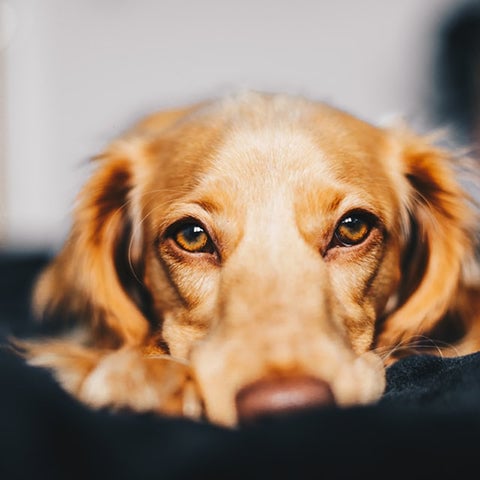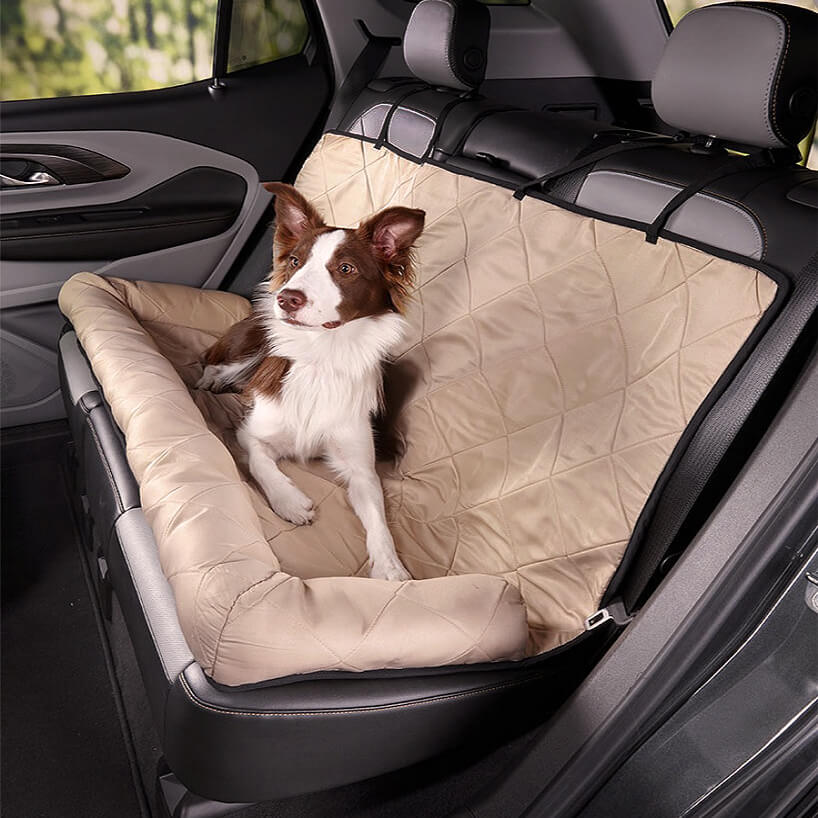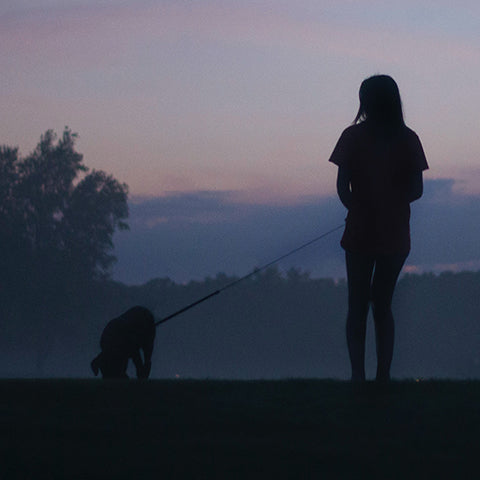
Watching a model dog walk flawlessly on its dog leash may have made you feel guilty about your dog's behavior, but remember that it takes a lot of puppy training to have a model dog. It is not in a dog's genes to walk on a puppy leash perfectly. We love them because they're adventurous, social greeters by nature, and they're capable of learning to use a leash with patience and practice. When puppies are not trained, they will pull on puppy leashes.
Leashes allow you to safely introduce your dog to new environments and experiences that help them develop and grow. Walking with your dog allows you to exercise, teach, and bond.
What do you need for training?
The following supplies are needed for the training of dog leash handlers:
- A collar with flat buckles and a harness
- Sport Multifunction Leashof six feet
- Your dog will enjoy a treat that he enjoys (along with a treat pouch)
- It takes patience
Dog owners are likely familiar with dog leashes, long cords, or ropes that attach to your dog at his neck or torso using a collar or harness. You should be able to tuck two fingers under collars and harnesses, and the collars and harnesses should fit snugly.
It would be best if you always had complete control of your puppy at all times with a leash that is sturdy and only six to seven feet long. It has been shown that retractable leashes can be dangerous to both pets and their owners!
It is best to introduce leashes, harnesses, and collars at home for no longer than several minutes. The best time to start leash training a puppy is between three and six months old. Let your dog begin sniffing the leash as soon as you keep it nearby. Rewarding your dog when they wear their equipment will foster a positive association between walking with a leash and receiving treats.
What is the best age to start training?
You can begin leash training a puppy to walk on a leash the minute you bring them home. You are likely to start around this time, though you can start as early as eight to twelve weeks since puppies do best with their mothers. Teaching good habits and socializing can be most effective during this formative period.
It's essential to keep in mind that puppies under four to five months old will not have complete focus and self-control (both of which are necessary for free-leash walking), so for young puppies, it's best to start slowly and in controlled areas, giving them practice using the collar and leash and teaching them to follow you.
What do you have to do when you start training?
When you walk your dog with a leash, you allow them to be introduced to new environments and experiences to help them develop and grow.
You Can Start Leash-Training Indoors
Before even setting foot on a sidewalk, leash training a puppy starts at home. Introduce your puppy to their leash indoors for short periods, wearing a comfortable collar or harness. You will form a positive association between leash walking and treats and praise if you reward them while they wear their gear.
Exercises such as "stop" and "let's go" should be done inside, where distractions are less likely. You can do this by having your pup get used to and enjoy the experience of both his leash and you on the other end, which will lead to less pulling on the leash. Be sure to give treats for good behavior to reinforce good behaviors!
Bring it outside
You can begin practicing short walks outside with your puppy once he has mastered walking on a leash indoors. While outside, if your puppy becomes distracted by something, you can call out "come" for them to come to you and reward them for doing so. Don't use force (such as pulling on the leash) if you don't want your puppy to become discouraged. But remember to always use the leash outside, as it is required by law.
Use positive reinforcement as much as you can so that they learn that walking on a loose leash calmly and comfortably is rewarded. You can reduce the number of treats your dog receives once he has become comfortable walking with a leash and is paying attention to your instructions. You may be able to condition him to eventually follow you with a loose leash as you walk or even run.
- If your dog still seems to have a problem using the collar or harness, you can try using a different type of collar or harness. There are many dog trainers available to help with dogs of any size and shape, including those who are anxious about training and those who will need supplements or medications to help them relax during their training sessions.
Managing pulling behavior
The best way to address this problem is to teach them that pulling on you won't help you get to your destination faster if they are pulling you. If you're having trouble stopping your dog from wandering off, you can do this by bending over backward, walking in the opposite direction, and offering treats to your dog to get them to stop.
If they stop pulling, always give them praise and rewards for their excellent behavior. Use positive reinforcement with your dog, just like when walking a puppy, so that your dog understands being calm and obedient will lead to a better walk. The use of front-hook harnesses and head halters can benefit dogs who pull.
Be patient
If you want to establish trust with your dog, you should focus more on positive reinforcement than punishment. An adult dog can have a hard time separating a learned behavior, so it is essential to be patient and reward him consistently. It might appear daunting to train an older dog to walk on a leash, but older dogs can quickly learn to do so with patience, positive reinforcement, and plenty of enthusiasm. For more information about dog training, make sure you reach out to a veterinary professional or a dog trainer if you are experiencing any issues.






